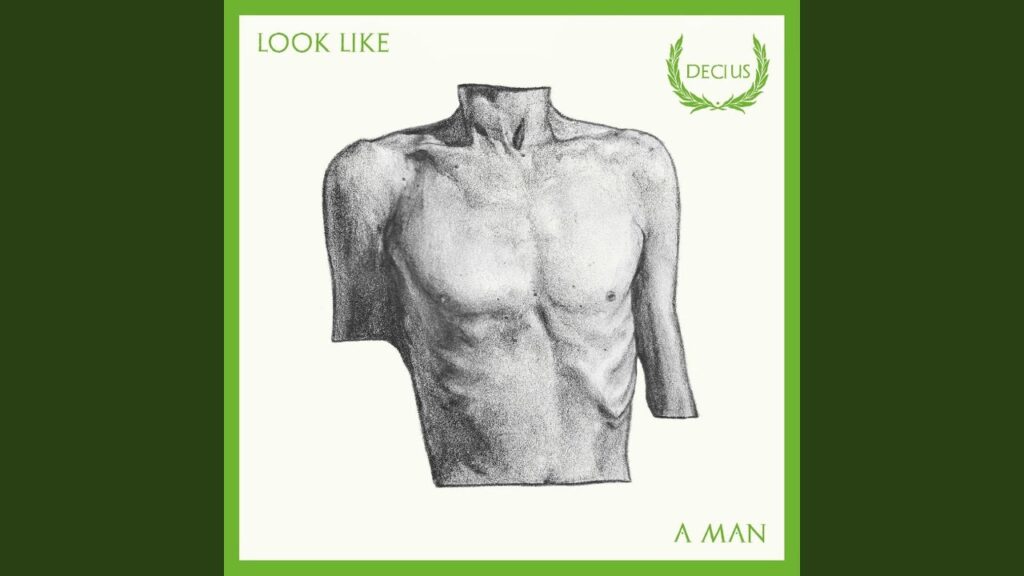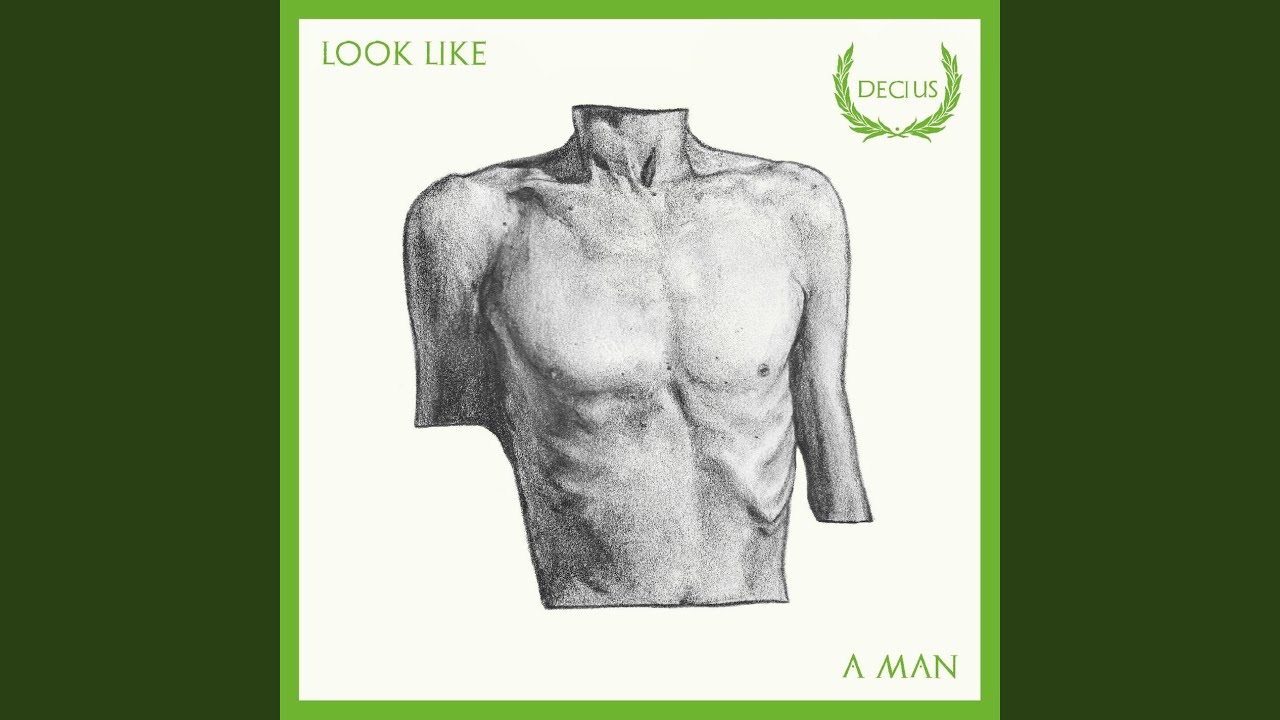
Decoding the Male Gaze: What Does it Mean to ‘Look Like a Man’?
The phrase “look like a man” carries a complex weight, steeped in societal expectations, historical context, and evolving definitions of masculinity. It’s a statement that can be interpreted in countless ways, often reflecting deeply ingrained biases about gender roles and appearances. This article aims to unpack the multifaceted meaning behind this phrase, exploring its historical roots, its impact on individuals, and how contemporary society is challenging and redefining what it truly means to look like a man.
The Historical Construction of Masculinity
Throughout history, specific physical and behavioral traits have been associated with masculinity. These traits, often reinforced through cultural narratives, media representation, and social norms, have shaped the ideal of what it means to look like a man. Historically, this ideal often involved physical strength, stoicism, and a dominant presence. For example, in many Western cultures, a muscular physique, a deep voice, and a certain level of assertiveness were often considered essential components of a masculine appearance.
However, it’s crucial to recognize that these notions of masculinity are not universal or static. They vary across cultures and change over time. What was considered masculine in one era or region may be viewed differently in another. The idea of how someone should look like a man is a social construct, not a biological imperative.
The Influence of Media and Popular Culture
Media plays a significant role in perpetuating and reinforcing these constructed ideals. From action movies to advertising campaigns, popular culture often presents a narrow and often unrealistic image of what it means to look like a man. These representations can have a profound impact on individuals, particularly young men, who may feel pressure to conform to these perceived expectations.
The constant exposure to idealized images can lead to feelings of inadequacy, anxiety, and even body dysmorphia. Men may feel compelled to alter their appearance through exercise, diet, or even cosmetic surgery to better align with the prevailing standards of what it means to look like a man. This pursuit of an often unattainable ideal can have detrimental effects on mental health and self-esteem.
Beyond Physical Appearance: Defining Masculinity Through Behavior
While physical appearance is often a primary focus when discussing what it means to look like a man, it’s important to acknowledge that behavior and personality traits also play a crucial role. Traditional notions of masculinity often emphasize stoicism, emotional restraint, and independence. Men are often discouraged from expressing vulnerability or seeking help, as these behaviors are often perceived as unmanly.
However, these rigid expectations can be incredibly damaging. Suppressing emotions can lead to mental health issues, and the pressure to be constantly strong and independent can create a sense of isolation. A more healthy and nuanced understanding of masculinity recognizes that emotional expression, vulnerability, and seeking support are not signs of weakness, but rather essential aspects of human well-being. Redefining what it means to look like a man requires moving beyond these outdated stereotypes.
Challenging Traditional Gender Norms
In recent years, there has been a growing movement to challenge traditional gender norms and redefine masculinity. This movement recognizes that the pressure to conform to rigid expectations can be harmful to both men and women. It encourages men to embrace their individuality, express their emotions freely, and reject the notion that there is only one way to look like a man or be a man.
This shift involves questioning the societal pressures that dictate how men should behave, dress, and express themselves. It’s about creating a more inclusive and accepting society where individuals are free to define their own identities without fear of judgment or discrimination. Embracing diverse expressions of masculinity is essential for fostering a more equitable and healthy society. [See also: The Evolving Definition of Masculinity]
The Impact on Identity and Self-Esteem
The pressure to look like a man can have a significant impact on an individual’s identity and self-esteem. When men feel that they don’t measure up to the prevailing standards of masculinity, they may experience feelings of inadequacy, shame, and anxiety. This can lead to a range of mental health issues, including depression, anxiety disorders, and body dysmorphia.
It’s crucial to remember that self-worth should not be contingent on conforming to societal expectations. Embracing individuality and celebrating diversity are essential for building a healthy sense of self-esteem. Recognizing that there is no single definition of what it means to look like a man can be incredibly liberating and empowering.
Redefining Masculinity for a More Inclusive Future
The future of masculinity lies in embracing inclusivity and celebrating diversity. It’s about moving beyond outdated stereotypes and creating a more nuanced and accepting understanding of what it means to be a man. This involves challenging the societal pressures that dictate how men should behave, dress, and express themselves. It’s about creating space for men to be vulnerable, emotional, and authentic without fear of judgment. It requires acknowledging that the concept of how someone should look like a man is fluid and constantly evolving.
By fostering a more inclusive and accepting society, we can create a world where all individuals are free to define their own identities and express themselves authentically. This will not only benefit men but will also contribute to a more equitable and just society for all. [See also: The Importance of Gender Equality]
The Role of Education and Awareness
Education and awareness are crucial for challenging traditional gender norms and promoting a more inclusive understanding of masculinity. By educating young people about the harmful effects of rigid gender stereotypes, we can empower them to reject these expectations and embrace their individuality. This education should start early and continue throughout life, both at home and in schools.
Raising awareness about the diverse expressions of masculinity is also essential. By showcasing positive role models who challenge traditional norms, we can inspire others to do the same. This can involve highlighting men who are successful in traditionally feminine fields, men who are openly vulnerable and emotional, and men who embrace their individuality without apology. Showcasing what it can mean to look like a man in different ways broadens the perspective.
Conclusion: Embracing a Broader Definition of Manhood
The phrase “look like a man” is loaded with historical, social, and cultural baggage. Understanding the complexities of this phrase is crucial for challenging traditional gender norms and promoting a more inclusive and accepting society. By embracing diverse expressions of masculinity and rejecting rigid expectations, we can create a world where all individuals are free to define their own identities and express themselves authentically. The true essence of manhood lies not in conforming to societal expectations, but in embracing individuality, showing compassion, and striving to be the best version of oneself. It’s time to move beyond the outdated notion of what it means to look like a man and embrace a broader, more inclusive definition of manhood that celebrates diversity and individuality. Ultimately, what it means to look like a man should be defined by the individual, not by societal pressures. And that’s a powerful step towards a more equitable future.

